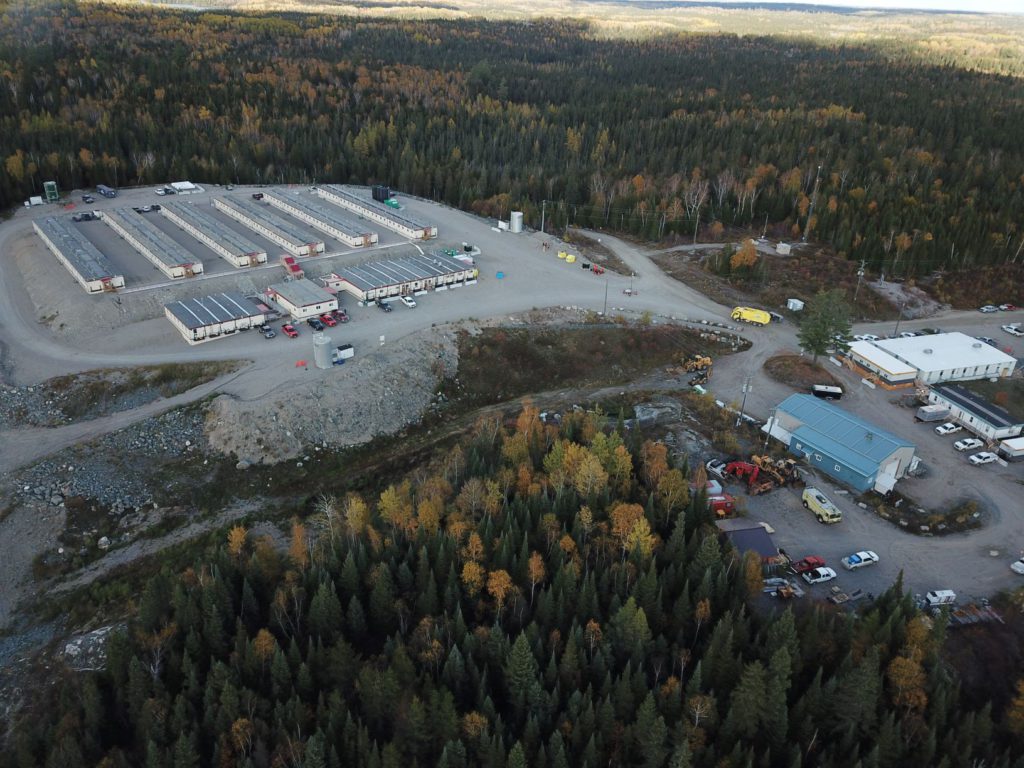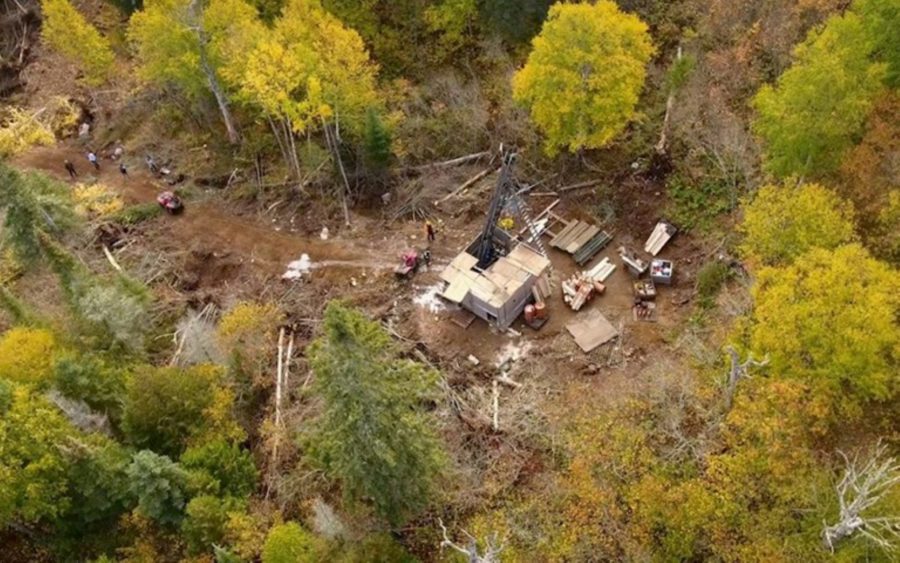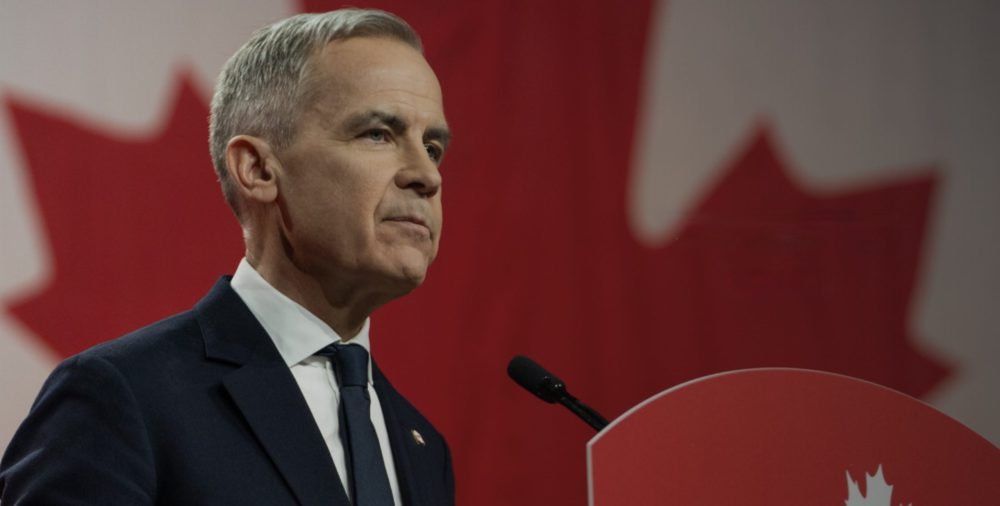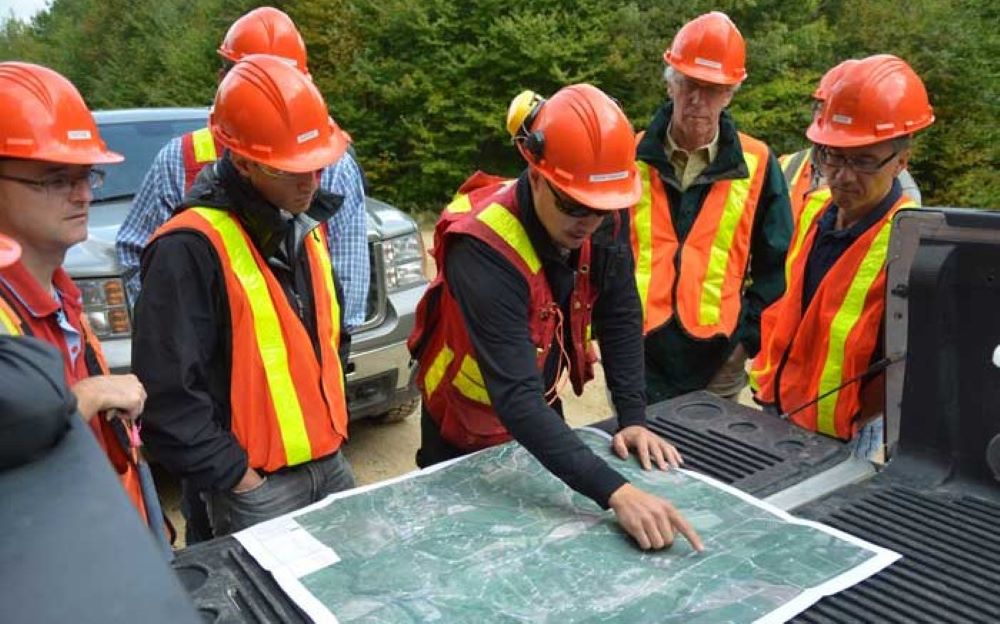Canada’s Top 40 miners are flush with cash. What will they do with it?
In this issue, we offer a snapshot of the past – and a glimpse of the future.
First, our annual ranking of Canada’s Top 40 miners is based on financials from 2020 – a year when all businesses were forced to abruptly adjust to a global pandemic.
The mining sector handled the onset of the pandemic admirably. Although 2020 was a challenging year, with miners absorbing the costs of pandemic protocols and temporary suspensions, they also benefited from a strong commodities rally that has boosted cash flows. This is especially so for gold and copper miners, who make up the vast majority of our Top 40.
Now that strong commodities prices have pumped more cash into miners’ coffers, they need to decide how to deploy that capital.
Returning cash to investors through higher dividends has been a popular option, with Barrick Gold, Newmont, Agnico-Eagle Mines and Kirkland Lake Gold among the gold miners raising their payouts to shareholders last year. Australia’s Newcrest, a newcomer to our Top 40, also announced a hefty increase earlier this year.
With the need to replace the reserves that are being mined so profitably, mine construction is also picking up, and a slew of feasibility studies have recently been released with more in the works.
It seems clear that we are the top of a new construction cycle – with mines like Iamgold’s 70%-owned Côté gold joint venture with Sumitomo Metals and Mining, Argonaut Gold’s Magino gold project, Agnico Eagle Mines’ and Yamana Gold’s Odyssey development at Canadian Malartic, and Nouveau Monde Graphite’s Matawinie graphite project all recently starting construction.
But while it is still early in the cycle, there are already signs of costs creeping up – largely because of pandemic pressures on the supply chain. Prices for steel and other construction materials are on the rise, with building contractors flagging increasing labour costs as a risk as well.

At Côté, where construction began last fall, Iamgold reported an increase in capital costs in July. It now estimates its 70% share of costs at US$1.1-1.2 billion, up from US$875-925 million last year. That’s an increase of 27% if you compare the average of both estimates.
Iamgold said the increase was driven by higher structural, mechanical, piping, electrical and concrete cost estimates for the process facility; higher mine facilities costs; increases in earthworks materials and manpower estimates; as well as certain scope changes. Inflation, currency exchange rates and costs related to Covid-19 also played a part.
If cost pressures persist, there’s a danger we could we be in for another period of rampant capital cost escalation in the mining industry. The last one – only a decade ago – drove away investors and soured them on mining stocks.
It’s essential that the sector avoid repeating that history. In our article on top trends in mine development, we highlight a few different ideas, including the use of fixed-bid EPC contracts.





Comments